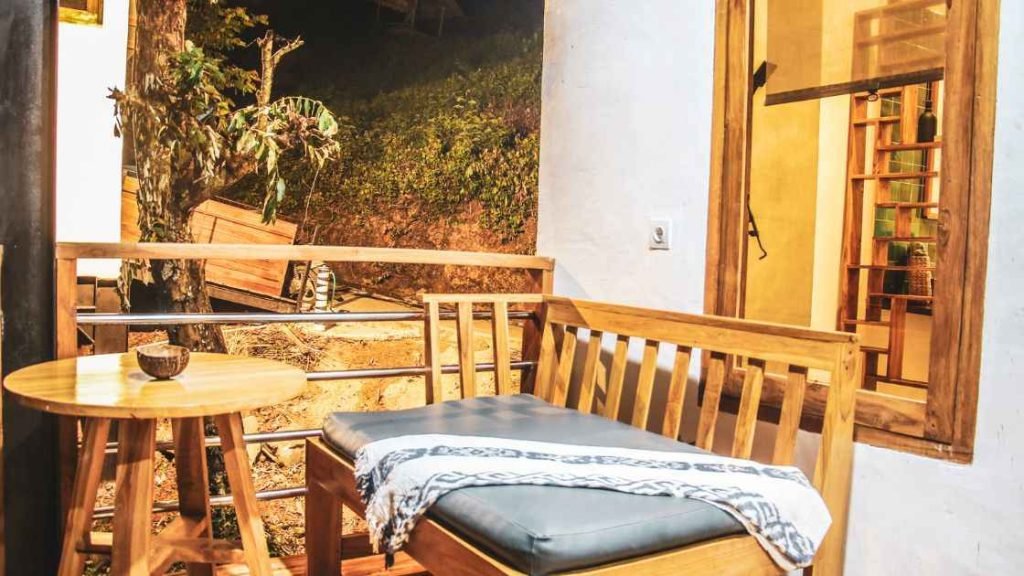Lodge architecture represents a harmonious blend of natural aesthetics, comfort, and cultural heritage, designed to provide a retreat into wilderness settings while offering modern amenities and a sense of place. From remote mountain retreats to coastal getaways, lodge architecture reflects both regional influences and contemporary design principles, creating distinctive spaces that resonate with travelers seeking serenity and immersion in nature.

Embracing Natural Surroundings
Central to lodge architecture is the integration with natural surroundings. Lodges are often nestled amidst scenic landscapes, such as forests, mountains, or coastlines, and their design aims to harmonize with the environment rather than dominate it. Large windows and expansive decks maximize views of the natural scenery, while interior spaces are oriented to capture natural light and ventilation, fostering a connection between indoors and outdoors.
Materials and Construction
Traditional lodge architecture emphasizes natural materials that complement the surroundings and evoke a sense of rustic elegance. Timber, stone, and locally sourced materials are common choices, providing durability and a timeless aesthetic. Exposed wooden beams, rough-hewn stone fireplaces, and log construction are characteristic features that evoke a sense of craftsmanship and authenticity, rooted in the traditions of log cabins and pioneer settlements.
Cozy and Inviting Interiors
The interior spaces of lodges are designed to evoke warmth and comfort, creating a welcoming atmosphere for guests. Vaulted ceilings with exposed beams create a sense of spaciousness, while cozy seating areas around stone hearths or fireplaces offer a gathering place for relaxation and socializing. Natural materials continue indoors, with wood-paneled walls, handcrafted furniture, and textiles inspired by local craftsmanship or cultural motifs.
Regional Influences and Cultural Heritage
Lodge architecture often incorporates regional influences and cultural heritage, reflecting the traditions and architectural styles of the local community or indigenous cultures. For example, lodges in mountainous regions might feature steeply pitched roofs to shed snow, while coastal lodges may incorporate elements inspired by maritime traditions. Indigenous motifs, artwork, and materials celebrate local culture and history, enriching the guest experience with a sense of place.
Sustainable Design Practices
In recent years, sustainability has become integral to lodge architecture. Many lodges employ eco-friendly design practices, such as passive solar heating, rainwater harvesting systems, and energy-efficient building materials. Sustainable lodges often seek LEED (Leadership in Energy and Environmental Design) certification or adhere to principles of green building, minimizing their environmental footprint while promoting responsible tourism practices.
Modern Amenities and Technology Integration
While lodge architecture celebrates tradition and natural beauty, modern amenities and technology are seamlessly integrated to enhance guest comfort and convenience. High-speed internet access, state-of-the-art kitchen facilities, and luxurious spa amenities provide a balance of rustic charm and contemporary luxury. Smart home technologies may control lighting, temperature, and entertainment systems, offering guests personalized control over their environment.
Adaptability to Climate and Terrain
Lodge architecture must also consider the challenges posed by varying climates and terrain. Designs in colder climates may incorporate insulated walls, efficient heating systems, and snow-shedding roof designs, ensuring comfort and safety during winter months. In contrast, lodges in tropical or coastal regions prioritize natural ventilation, shading devices, and materials that withstand humidity and saltwater exposure, adapting to local environmental conditions.
Future Directions and Innovations
As lodge architecture evolves, future trends may focus on innovative construction techniques, such as modular prefabrication to minimize environmental impact and construction time. Sustainable architecture will likely continue to advance, with lodges incorporating more renewable energy sources and biophilic design principles to enhance guest well-being through direct connections with nature.
Conclusion
In conclusion, lodge architecture embodies a synthesis of natural beauty, cultural heritage, and modern comforts, creating immersive environments that offer guests a retreat into wilderness settings while embracing sustainability and technological innovation. By honoring tradition and embracing innovation, lodge architects and designers continue to redefine the art of blending nature with comfort in the evolving landscape of hospitality.



